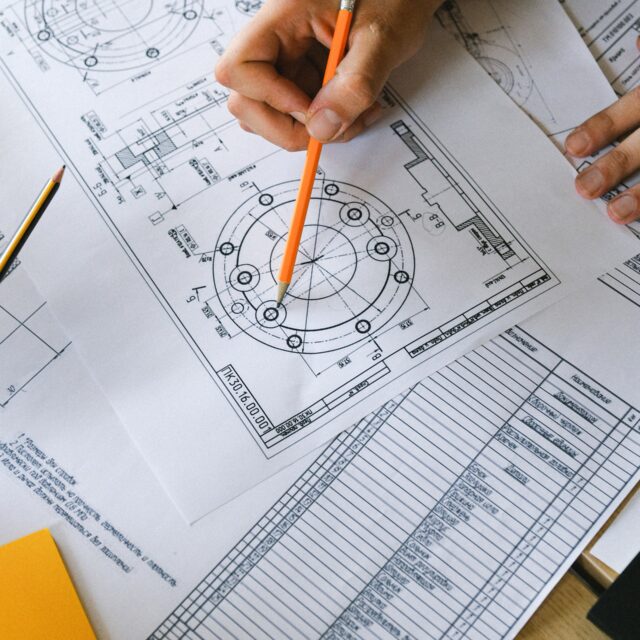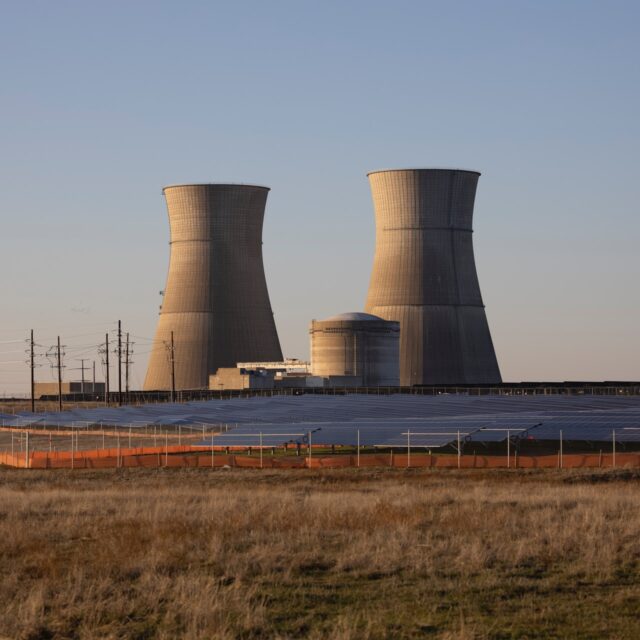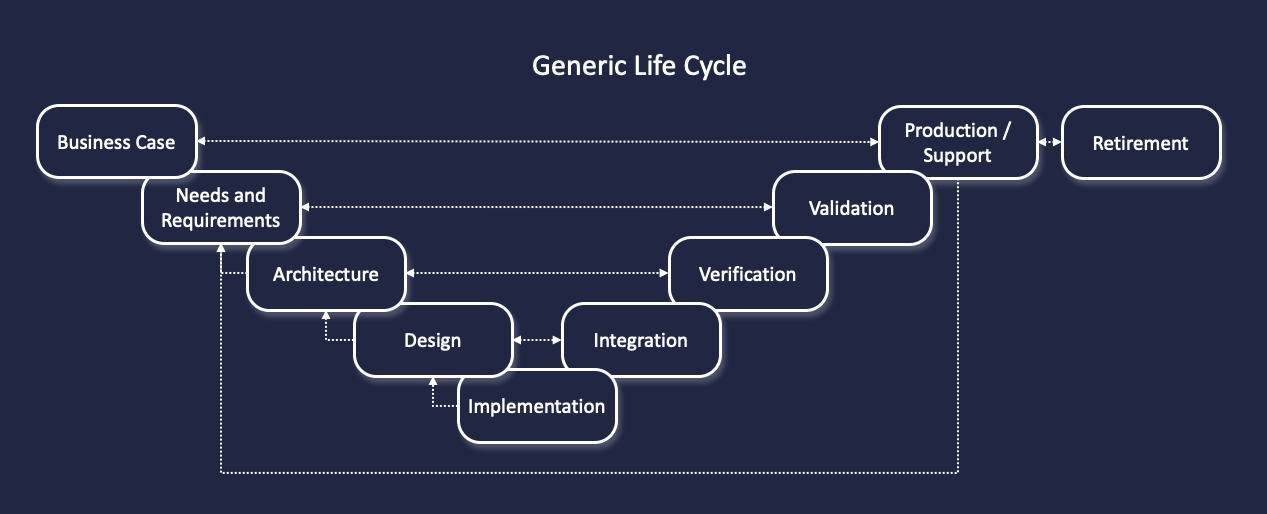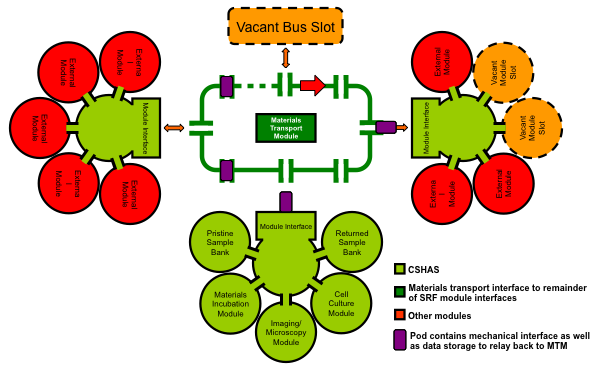Systems Engineering
Systems engineering is the holistic approach to the development of complex systems. It is not a new discipline and any complex endeavour has always required it, even if not explicitly recognized. Since about 1940, the discipline has been studied and developed in an effort to understand and codify the knowledge associated with systems engineering practice.
The development of a complex system considers elements that go well beyond its physical embodiment. Significant attention is given to the beginning of the development life cycle in an effort to ensure that the needs of the customer are thoroughly understood. Only by understanding the customer as well as all other involved stakeholders, and ensuring their continued engagement, can it be guaranteed that the technical development takes the right direction and remains on track through its life cycle.
Ultimately, the goal is to guarantee that the right system is built right.
Life Cycle
Every system has a life cycle stretching from its conception to its eventual retirement that to some extent parallels our own. Like us, each system needs nurturing and guidance especially at the beginning stages of the cycle. In the development phase, systems engineering provides immense value by ensuring that the the right direction is taken. After this it is always present, sometimes more sometimes less, to ensure that the direction is maintained and that risks are managed.
Different models exist for representing the life cycle, but whether you choose the V-model, the Incremental Commitment Spiral model or any other, at the end of the day you have to adapt the phases that are common to all of them to your system’s needs. One thing is certain though – no diagram representing any such life cycle can really capture the reality of managing it and the number of complex interactions that can exist within and between each of the phases while maintaining control of the balance between the business case, the funding and the technical solution.
We can support you through the life cycle, identifying and applying the right tools at the right time for the right purpose, from helping you define and refine processes to integrating Model Based Systems Engineering (MBSE).

Concept Phase

This is perhaps the most critical phase in a project as far as systems engineering is concerned. The decisions you make here will have a lasting effect on the commitment of your resources in much later stages of the project. Mistakes made here are paid for dearly later on.
It all begins with really understanding the needs of the client and any other legitimate stakeholders. This is easier said than done, but it is a critical step that can make or break your project because the information gleaned in this part of the process guides the development of your system’s technical requirements a little later on. Requirements engineering is a science in and of itself and justifiably claims a significant part of any development’s attention. However, it is not a linear process and a converged solution is achieved by continuous iteration through this and later stages of the process.
In this phase we also begin to consider our system’s functional architecture and derive initial concepts from it. Evaluating and selecting the right concept is one of the points where a commitment to the future direction of the project and allocation of resources is made. Its importance cannot be understated.
It is primarily in this phase and the next that Engenya can add value.
Development Phase
With the concept approved and the commitment to the project confirmed, we now begin to get into the nuts and bolts of the project. Everything we have learned so far as well as our conceptual ideas enable us to define and refine the system requirements and our plan for verifying that we satisfy them. We can now form ideas about what the system has to do to satisfy our stakeholders’ needs and we can formulate options for a physical architecture that can support this.
Next we formulate how the system will do what it needs to do. This is design. To ensure that things remain on track we also begin to implement our verification plan, designed to identify issues early on to minimize rework and avoid unnecessary costs. It is important to make sure that we understand the system’s emergent behaviour as we integrate.
In the meantime, as the system takes shape, so does a plan for its production, deployment, support and eventual retirement. It is important to remember, that even once the system is in operation, a plan for its evolution must be in place, especially if the life cycle is long. Technologies will improve over time and it may be necessary to remain relevant by moving with the times. This has to be planned for early enough to ensure that our architecture remains flexible and scalable.

Production, Utilization, Support

The production, utilization and support phases generally run concurrently. This is because once the system is launched, additional systems may be produced and deployed. While new systems are being deployed, more are still being produced and others are already in service and would need support in case of issues developing. It should also be borne in mind that while all this is going on some elements or even complete systems may be reaching end of life, requiring retirement.
This is a phase which systems engineering plans for but is not necessarily explicitly active, unless system updates or changes are required. The original process should be designed so that it allows the flexibility for these eventualities without requiring unplanned activities to be carried out.
It is during this phase that the return on investment is realized and extended into profit. Systems engineering ultimately works to ensure that this phase is a success.
Retirement
All things eventually come to an end. Even the most useful systems eventually become obsolete and need to be disposed of. In today’s world, the option of just abandoning a system or product no longer exists – companies are called to care for their products right to their end. Sometimes this is a legal requirement, but it is always a social requirement that responsible entities plan for.
In designing a system with a long life cycle, the reality may be that some of its elements become obsolete during the life cycle because of upgrades. In this case, the disposal aspect must be planned for early and integrated into the project from the beginning. At other times, the system may have to be supported for decades after the last update, or after production ceases, and is ultimately retired. Systems engineering is present through all of this.

How Engenya Can Help
Engenya’s personnel are academically qualified through MIT’s System Design and Management program and are intimately familiar with the systems engineering discipline. The examples beside this text serve as a small illustration of the work done in the past and currently being executed.
If you are at a point where development seems difficult to run because complexity is harder to manage, or where you realize that there is a better way of doing things, perhaps you are at a point where the application of formal systems engineering processes can be beneficial to you.
We can help you to assess your processes and fine tune them while we guide you into the discipline of systems engineering. With our partners we can also train your people to become effective systems engineers and ensure you continue to benefit.




